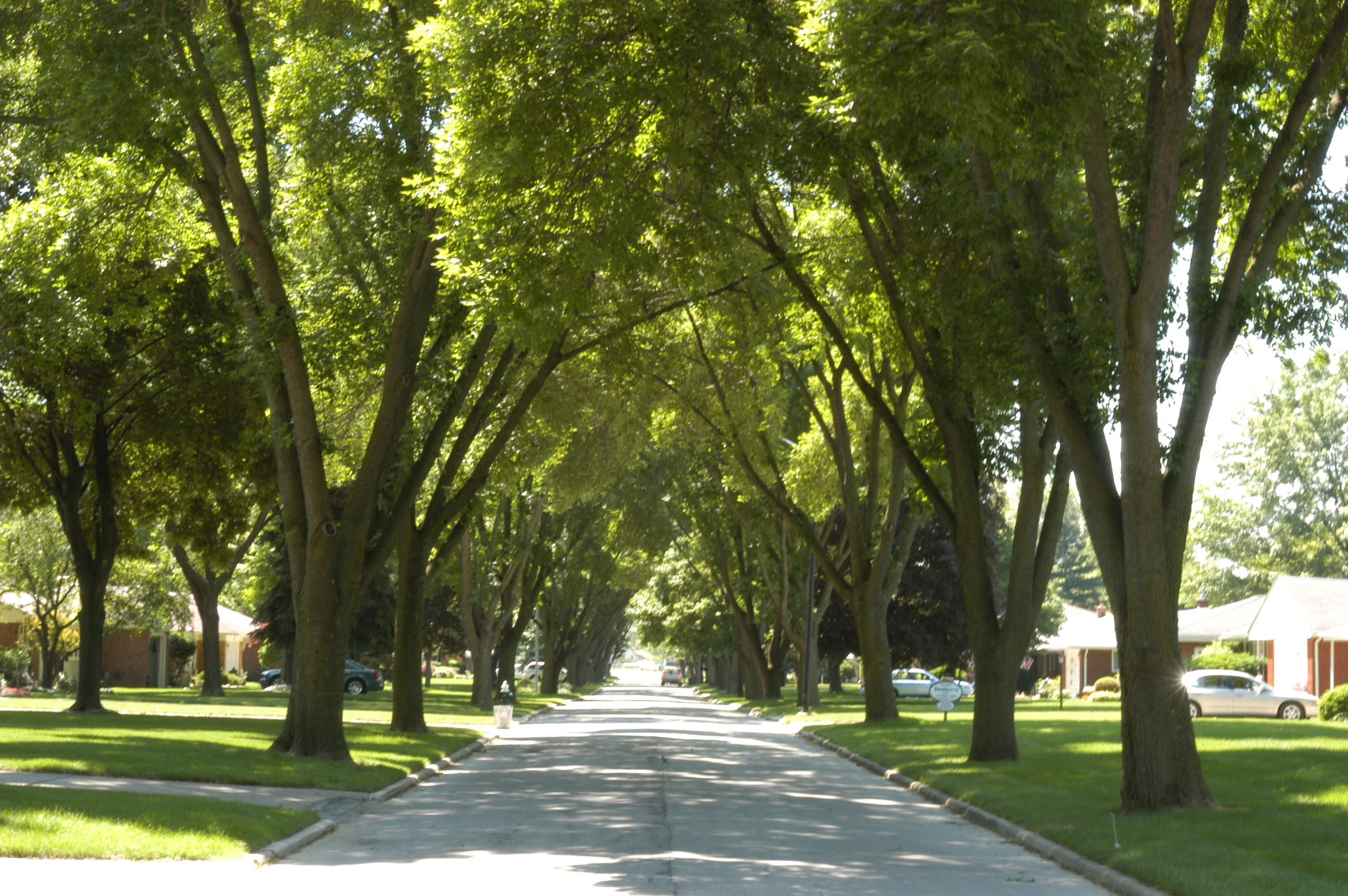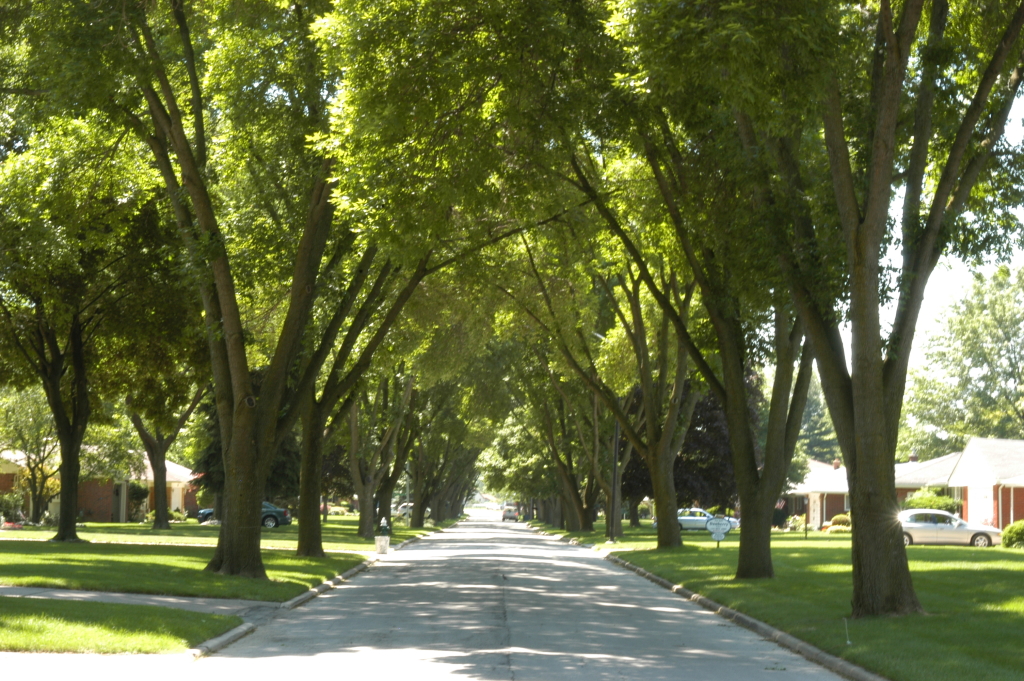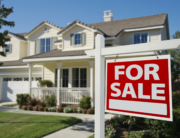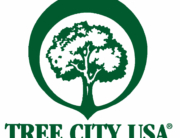How Street Trees Improve Almost Everything
You know it when you see it. If you ever go to a treeless city or even parts of Central Oregon (sections of 3rd street), there is something missing—trees and greenery. Not only do trees provide beauty. They also have some very direct benefits to urban and suburban environments.
The old school of thought was that street trees were problematic – that they required too much maintenance and care. Street trees are now known to be a great value to people living, working, shopping, walking and driving in and through urban and suburban places.
Studies show that for a planting cost of $250,000 (includes first three years of maintenance), a single street tree returns over 90K in direct benefits (not including social, aesthetic and natural) in the lifetime of the tree.
Dan Burden is an urban designer and co-founder of Walkable Communities. His work focuses on how to better urban environments and he is a big proponent of street trees. Here are 20 incredible benefits that he shares:
- Trees along streets reduce and result in more appropriate urban traffic speeds. Urban street trees create vertical visual walls that frame streets, provide a defined edge and help motorists guide their movement and assess their speed.
- Street trees provide safer walking environments, by forming visual walls and providing distinct edges to sidewalks so motorists can better distinguish between the driving surface and pedestrian surface.
- Trees call for planting strips and medians, which further define the boundaries between the road and pedestrian areas.
- Street trees result in increased security. Trees create more pleasant walking environments, which, in turn help build pride and care of place for environments. Pride, sense of place and ownership of public areas result in lower crime rates.
- Businesses on treescaped streets show 12% higher income streams, often the competitive edge needed for downtown and urban environments to compete with suburban big box stores.
- Trees result in less drainage infrastructure. Trees absorb the first 30% of most precipitation through their leaf system. This moisture never hits the ground, requiring less drainage infrastructure and less maintenance of drainage systems.
- Trees provide protection from the elements – rain, sun and heat—making tree lined streets more desirable to be on.
- Trees help clean the air, especially on roadways, where they filter automobile exhaust and emissions.
- Trees lower the urban air temperatures. Asphalt and concrete streets and parking lots are known to increase urban temperatures 3-7 degrees. Trees help mitigate this temperature rise.
- Trees help soften the harsh aesthetics and sharp lines of concrete and asphalt. Trees are pretty!
- Trees can help screen or hide necessary features such as streetlights, utility poles and boxes and other not-so-pretty street “furniture”.
- Trees have a calming effect on humans and have been known to reduced blood pressure, and improve overall emotional and psychological health. Street trees can provide a reprieve from city bustle and stress.
- Street trees can bend time. Studies of motorists show that a treeless environment trip is perceived to be a longer than one that is treed.
- Street trees may reduce road rage. There is strong compelling research that motorist road rage is less in green urban versus stark suburban environments.
- Properly positioned street trees allow features that should be dominant to be better seen, such as vital traffic regulatory signs.
- Trees make property more valuable. Many realtor studies show that home or business values can increase by up to $25,000 when there are prominent street trees.
- Tree medians and strips provide an area for splash, spray and storage of snow – which are all critical operational measures for a municipality.
- Trees can help prolong pavement and asphalt life. Numerous studies show that the shade from urban street trees can add up to 40-60% more life to costly asphalt, due to reduced heating and cooling temperature swings. Less expansion and contraction cycles.
- Trees can help screen and filter urban elements, such as cars, that create visual pollution on a street.
- Trees provide an often needed direct connection to nature. They also provide canopy, root structure and habitat for important insects, birds.
When you are driving down 3rd Street in Bend, or walking in downtown Redmond, take a look around. Could some urban environments use more street trees? Do trees make streets feel different?
This post was adapted from Dan Burden’s report, Urban Street Trees, which can be found here.
As always, please contact us at 541-480-4223 or by email for any of your tree needs!
Mike D. and the Arbor 1 Tree Service Crew







